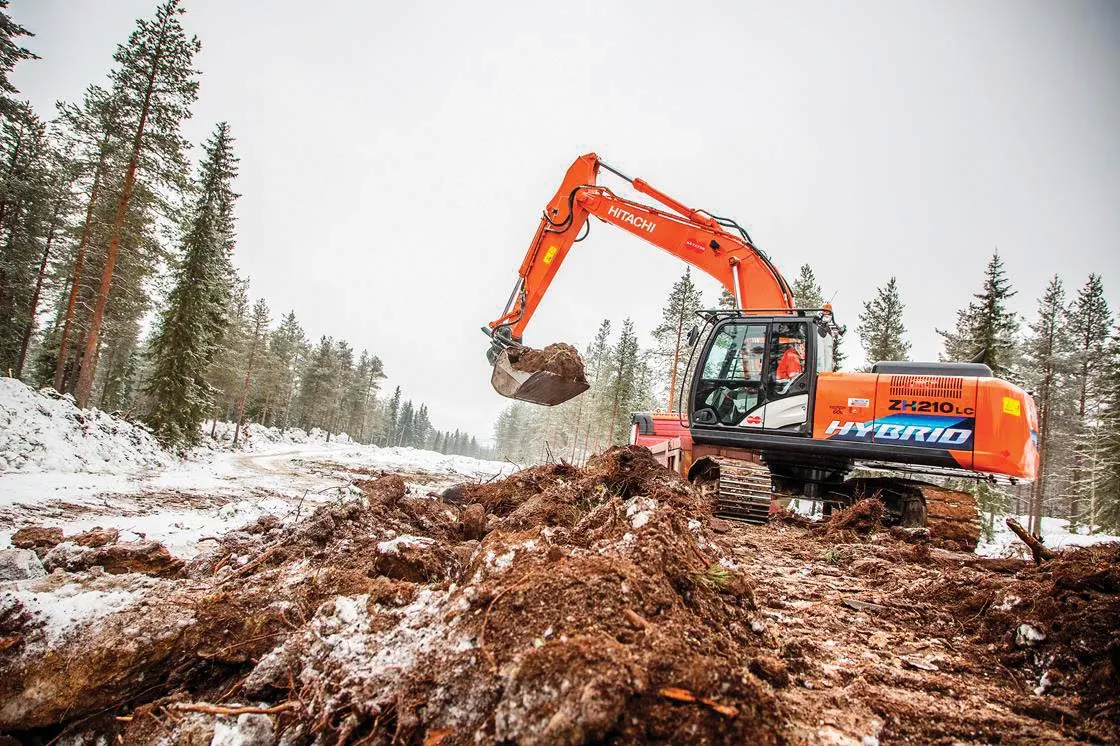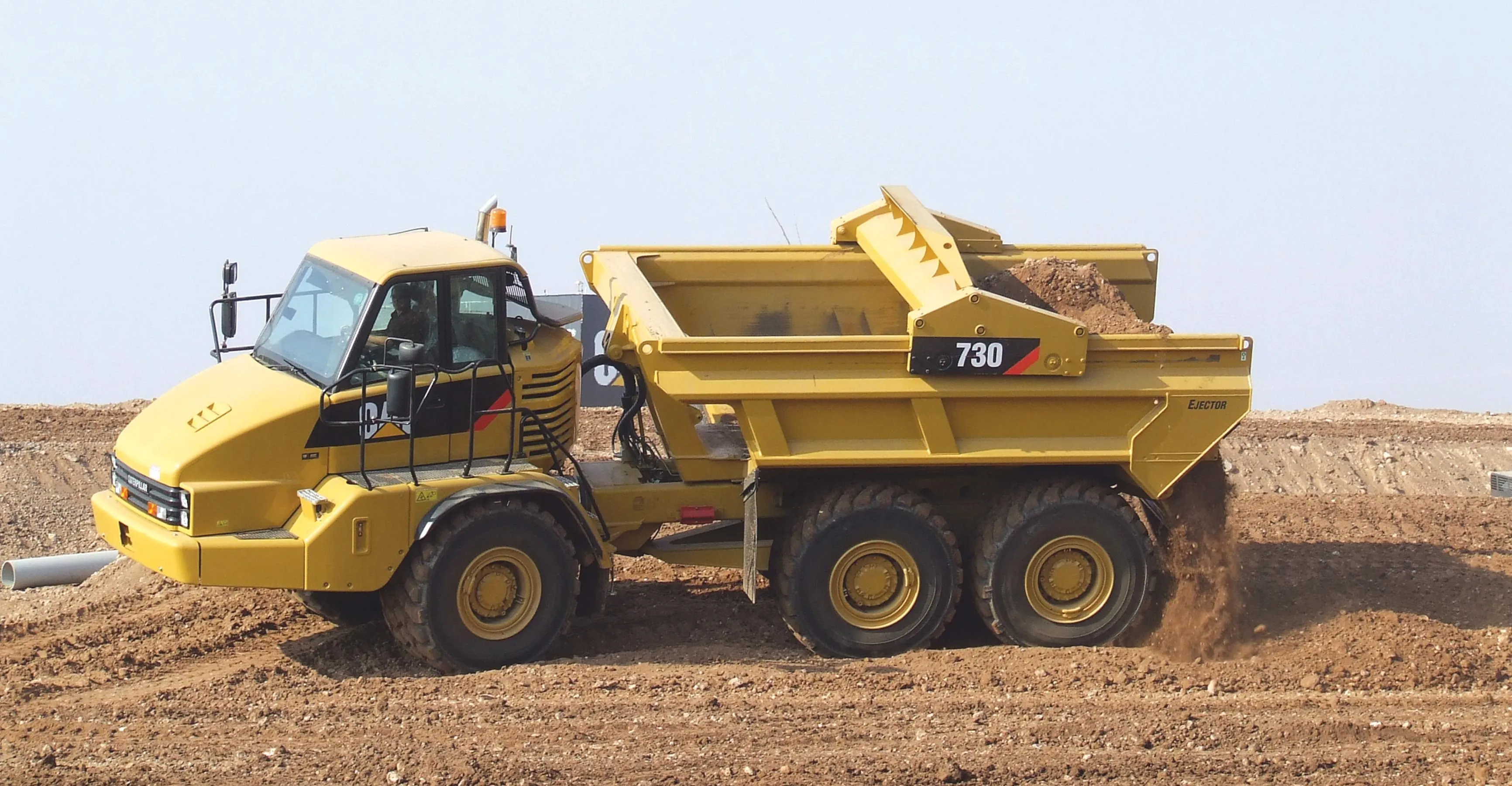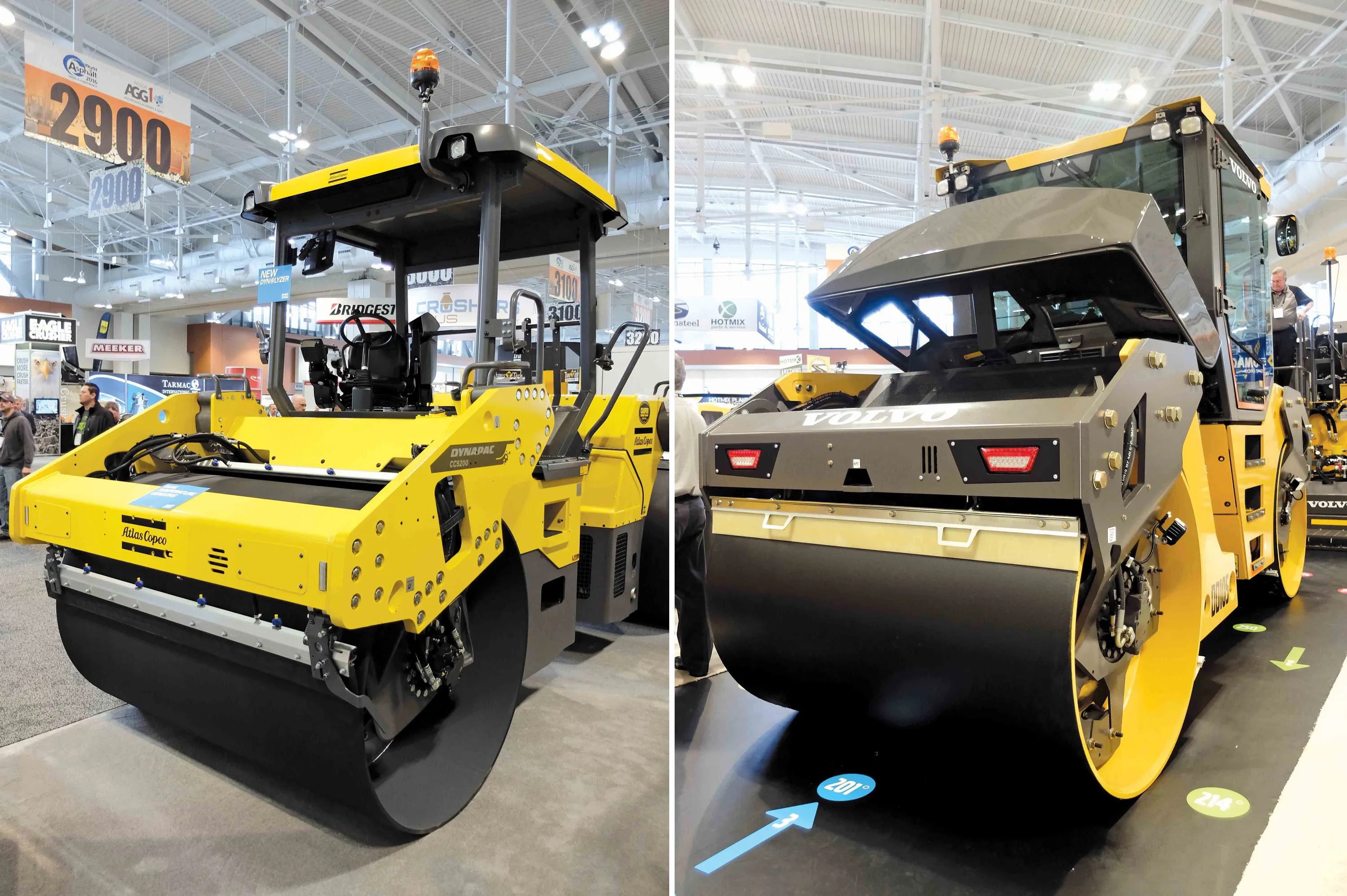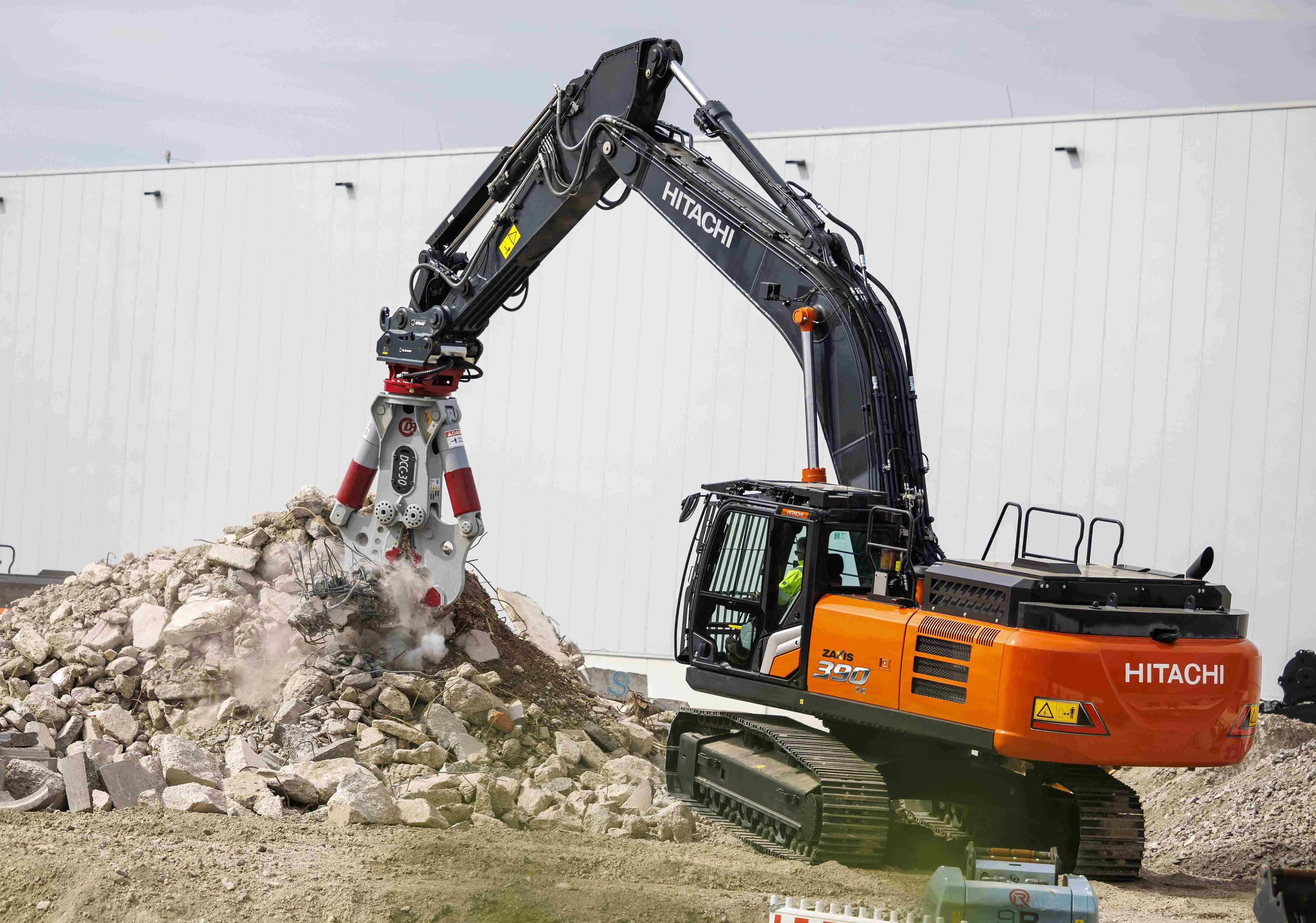ISO-certified excavator ROPS cabs are coming for excavators. Mark Cherrington writes. It has been a long time coming, but certified ROPS cabs on excavators are now a reality. This follows the release of an international ISO standard that sets out laboratory tests and performance requirements for protective structures on excavators weighing from 6 - 50tonnes. In addition, an update to the EU's Machinery Safety Directive (MSD) took effect at the end of 2009 and brought in a number of changes, including a requ
February 9, 2012
Read time: 4 mins
ISO-certified excavator ROPS cabs are coming for excavators. Mark Cherrington writes
It has been a long time coming, but certified ROPS cabs on excavators are now a reality. This follows the release of an international ISO standard that sets out laboratory tests and performance requirements for protective structures on excavators weighing from 6 - 50tonnes.In addition, an update to the EU's Machinery Safety Directive (MSD) took effect at the end of 2009 and brought in a number of changes, including a requirement for excavators in the 10 - 50tonne range to have added protection in the event of a rollover. While the EU's MSD does not specifically require the use of the new ISO standard, some manufacturers have decided to adopt this to ensure full compliance with the directive.
For many years, excavators, unlike other items of earthmoving and construction equipment, have been exempted from the requirement to have ROPS for a number of reasons. The design of an excavator has made it a challenge to develop a strong enough platform on which to mount ROPS that can withstand the forces on a cab in the event of a rollover. An excavator is not like a dozer or truck, where the cabin sits on the machine's body and has to be robust enough to withstand the weight of the machine if it rolls over. On an excavator the cab mounting platform at the front left-hand corner of the machine has to be able to support the entire weight of the machine, as well as provide structural integrity to the ROPS to protect the operator. And for many years it was felt that due to the nature of their work, excavators were at fairly limited risk of roll over. In addition, the consensus was that the boom and arm helped protect against a rollover and gave some protection to the cab and operator.
However, with excavators increasingly used on steep sites and with an ever-growing range of attachments, the risks of rollover have been increasing. And advances in design and materials technology have made developing an excavator ROPS standard feasible.
Some major excavator manufacturers, including
All Caterpillar tracked excavators from around 10 - 50tonnes, along with all wheeled excavators supplied to European customers are now equipped with ROPS, according to Kent Pellegrini, hydraulic excavator application specialist for Caterpillar. The exceptions are materials handling excavators featuring hydraulic cab risers. "While these machines actually have ROPS cabs installed, there is no testing standard for hydraulic cab risers," he said.
While North America and Australia do not have ROP requirements for excavators at present, caterpillar will also supply compliant models in the key volume segments to those markets also. Pellegrini said that while the EU's update to the MSD does not specifically require compliance to the ISO standard, Caterpillar has opted to meet the standard in Europe.
"Caterpillar will show compliance to this new requirement for hydraulic excavators by identifying on a cab certification plate either the EU Directive or ISO 12117-2: 2008 for those machines which are covered by, designed and tested to this engineering standard," he said.
However, Pellegrini said that customers should be aware that Caterpillar does not offer all models of excavators in all regions of the world. The new ROPS cab on Cat excavators can be easily identified by its all-black colour scheme and the cab air filter inlet on the side near the door. As well, the cab air filter has been moved from behind the cab, which provides easier access for service, while the ROPS cabs themselves are larger and provide more headroom and a larger viewing area.
Meanwhile all Hitachi excavators from 7 - 50tonnes now being sold in developed markets comply with the new standard, according to Hiroyuki Kamata, general manager engineering, Hitachi Construction Machinery (Europe). "If the customer installs any heavy attachments above certain limits set by our engineers, Hitachi will not be able to guarantee the regulation. But so long as the machine's spec is within these limits, we can supply ROPS-compliant cabs in the Japanese, European, North American and Oceania, Africa and Middle East markets - although currently Hitachi does not plan on fitting ROPS-compliant plates to machines as standard," he said.









